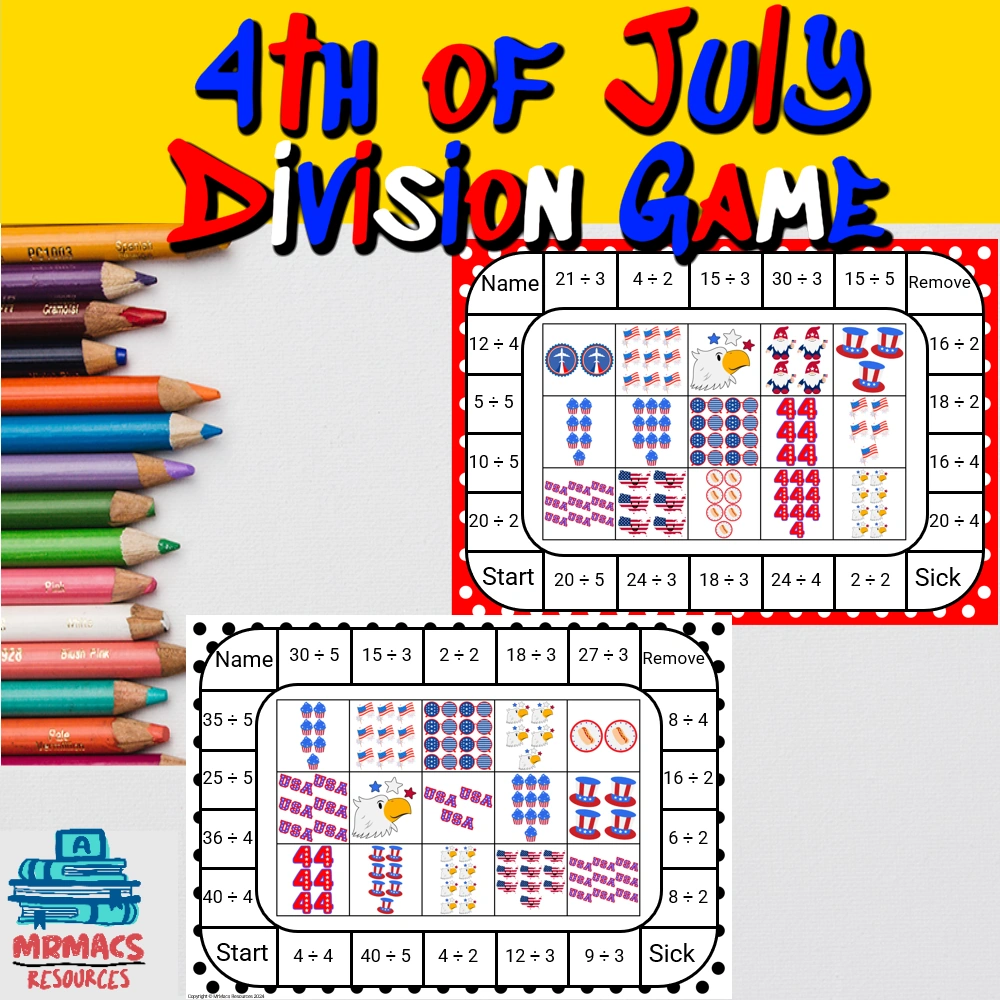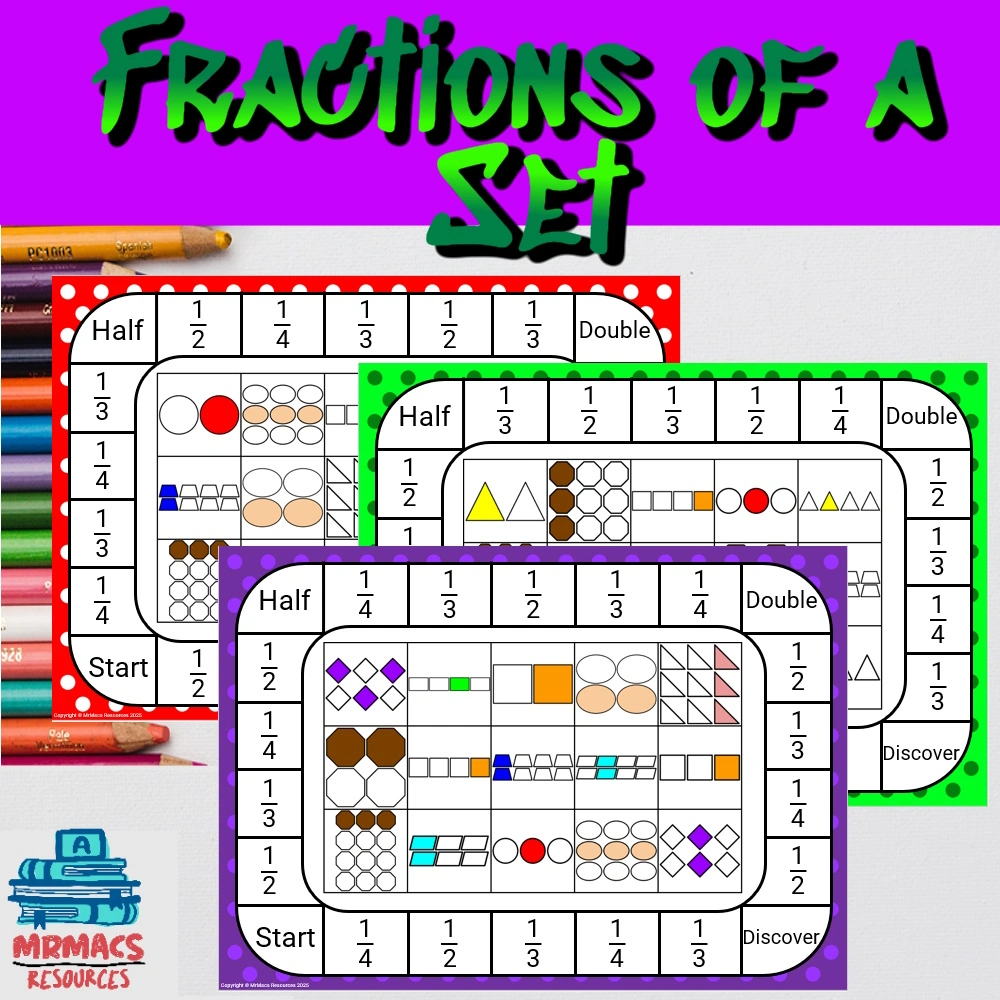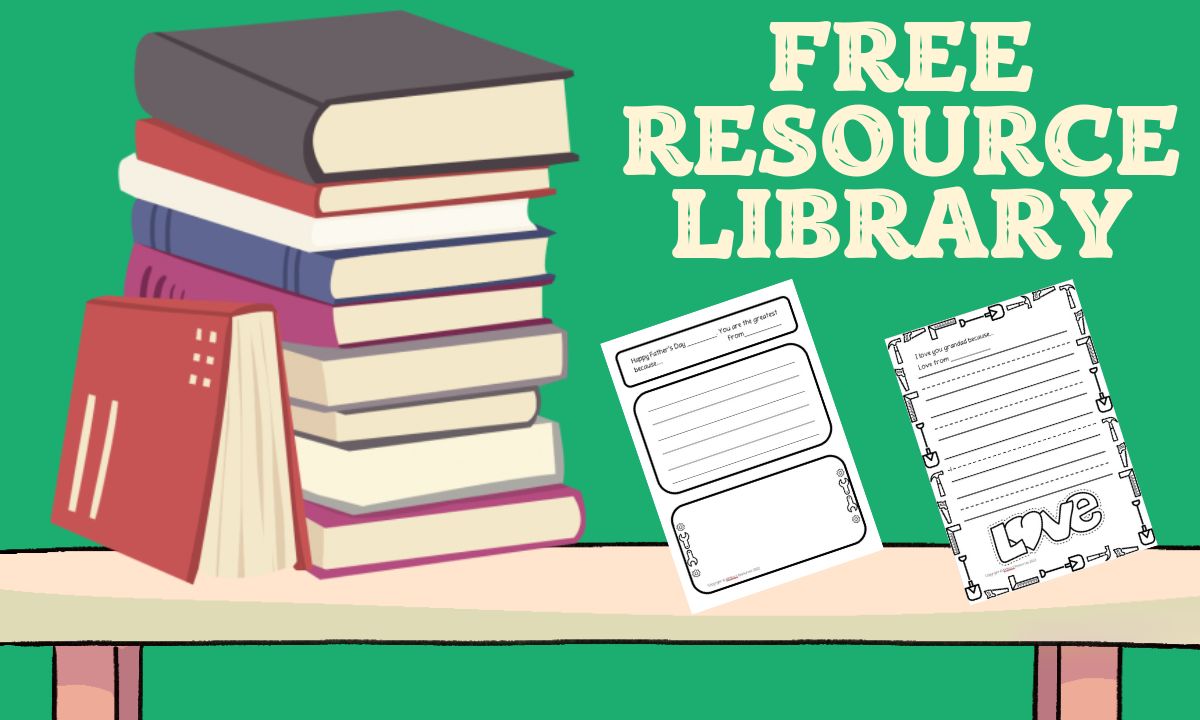
Incorporating mindfulness in the classroom can help you create a calm and focused learning environment. It teaches students how to pay attention to the present moment, which can reduce stress and improve their behaviour. By practising mindfulness regularly, you help students manage their emotions and stay more engaged in lessons.
You can introduce mindfulness at simple times, like in the morning, after breaks, or before tests. This makes it easier for both you and your students to build a routine. When done often, mindfulness becomes a helpful tool that supports better focus and wellbeing throughout the school day.
The Importance of Mindfulness in the Classroom
Mindfulness helps you and your students develop better focus, manage emotions, and improve behaviour in the classroom. To add, it supports a calm learning space where teaching and learning can happen with less distraction and stress.
Understanding Mindfulness and Its Relevance in the Classroom
Firstly, mindfulness means being aware of the present moment without judgement. In your classroom, this helps students notice their feelings and thoughts clearly. This awareness allows them to respond calmly rather than reacting impulsively.
You can teach mindfulness through simple activities like focused breathing or short pauses before starting a task. Furthermore, these activities create a space for students to settle and prepare mentally for learning. Moreover, mindfulness also encourages self-regulation, helping students control their emotions and behaviour in busy classroom settings.
Key Benefits of Mindfulness for Students and Teachers
Incorporating mindfulness improves how students behave and manage difficult emotions such as stress or frustration. Similarly, it can reduce aggression and feelings of sadness. For you as a teacher, mindfulness supports better classroom management by creating a peaceful environment where students are more engaged.
Mindfulness also helps students become more aware of their bodies and emotions. This leads to better self-care and emotional control. As behaviour problems drop, time spent on discipline decreases, giving more time to focus on learning activities.
Benefits of Mindfulness in the Classroom at a glance:
- Reduced behaviour problems
- Improved emotional control
- Better classroom atmosphere
- Increased happiness and focus
Mindfulness also helps students become more aware of their bodies and emotions. This leads to better self-care and emotional control. As behaviour problems drop, time spent on discipline decreases, giving more time to focus on learning activities.
Impact on Academic Performance and Wellbeing
When students practice mindfulness, their attention skills improve. What’s more, you will notice they stay focused longer and can complete tasks with less distraction. This helps their academic performance across subjects.
Mindfulness also builds coping skills for stress. In your classroom, this means fewer disruptions caused by anxiety or frustration. When students handle pressure better, their overall wellbeing improves. This positive mindset supports better learning and school attendance.
Moreover, by incorporating mindfulness activities regularly, you make learning a more productive and supportive experience for everyone.
Strategies for Incorporating Mindfulness in the Classroom

Creating a calm and focused classroom takes planning and clear steps. You can shape the space, use activities suited to different ages, and try exercises that improve attention. Furthermore, these ideas will help you build mindful habits in your students.
Designing a Supportive Learning Environment
Start by making your classroom a peaceful place where students feel safe and calm. Next, use soft lighting and clear spaces to reduce distractions. You can also add plants or nature pictures to bring a sense of calm.
Set a regular time each day for mindfulness. A consistent schedule helps students expect and prepare for mindful moments. Use simple reminders, like a calm chime, to signal when it’s time for mindfulness.
Furthermore, encourage respectful behaviour by setting clear rules on listening and speaking. This helps build awareness between students. When everyone feels respected, it is easier to focus and be present during mindful activities.
Mindfulness Activities for Different Age Groups
Choose activities that fit the age and ability of your students. For younger children, focus on simple breathing exercises or short guided meditations. These help with basic awareness and calming down.
Additionally, older students can try longer activities like mindful walks or writing gratitude journals. These practices improve reflection and increase attention to feelings and surroundings.
You can also involve students in creating group activities, such as a “gratitude tree”, where each adds something they are thankful for. This promotes sharing and builds a positive classroom mood.
Mindfulness Exercises to Enhance Focus and Attention
Use exercises that train students to pause and notice the present moment. For example, start with a simple finger exercise where one student leads others in gentle finger movements to calm nerves.
What’s more, breathing exercises are useful, like slowly counting breaths or feeling the air enter and leave the body. This helps students redirect their focus when distracted.
Guided meditation can support deeper attention. Lead students through short meditation sessions that focus on sounds, feelings, or body sensations. Moreover, these help improve their ability to concentrate during lessons.
Building Social and Emotional Skills Through Mindfulness in the Classroom
Mindfulness helps you develop clear focus and a calm mind. It builds skills that improve how you understand yourself and connect with others. This makes it easier to handle stress and work well with friends and teachers.
Promoting Self-Awareness and Self-Regulation
Mindfulness practices encourage body awareness, helping you notice your feelings and thoughts. This makes it easier to recognise when you are upset, anxious, or distracted. As you get better at this, you gain more control over your reactions.
Learning self-regulation means you can calm yourself when things get hard. For example, taking deep breaths or focusing on your body helps you reduce stress and stay balanced. This control boosts your confidence and emotional strength.
You also build perseverance by practising mindfulness regularly. With time, you get better at managing difficult emotions and keeping a steady focus on your tasks.
Cultivating Empathy, Kindness, and Positive Relationships
Mindfulness teaches you to pay close attention to others, which helps you listen more deeply and understand their feelings. This skill promotes empathy and kindness, essential parts of building strong friendships.
Furthermore, you learn to be more patient and compassionate, which encourages positive social interactions. Practising gratitude journaling or thinking about what you appreciate about others can also strengthen these feelings.
When you show kindness and care, you create a supportive classroom environment. Moreover, this helps everyone feel safe and valued, making it easier to work together and resolve conflicts.
Mindfulness in the Classroom - Reducing Stress, Anxiety, and Depression
Using mindfulness helps calm your mind and body, reducing feelings of stress and anxiety. When you focus on your breathing or do simple body scans, you bring your attention to the present moment, which eases worries.
Mindfulness increases emotional resilience, helping you bounce back from setbacks with more strength. Additionally, this balance supports mental health and lowers chances of feeling overwhelmed or depressed.
Simple habits like mindful listening or short meditation breaks during the day can make a big difference. To conclude, these small actions bring calm and help you stay focused, even when life feels challenging.
Want to know more about social emotional learning? Check out this blog post!
Conclusion
In conclusion, integrating mindfulness in the classroom is not just a trend, but a powerful tool to support student success. Ultimately, by fostering a calm and focused learning environment, teachers can help students develop the emotional regulation and concentration needed to thrive.
Moreover, as research continues to highlight the benefits of mindfulness, it becomes increasingly clear that such practices are essential in promoting both academic achievement and overall wellbeing.
Therefore, whether through simple breathing exercises or structured mindfulness programs, schools have an opportunity to create more compassionate and productive learning spaces. As a result, students are better equipped to navigate academic challenges and everyday stress with resilience and clarity.
What are your thoughts on bringing mindfulness into the classroom—have you seen it make a difference in student focus or wellbeing?
About The Author

Hi! My name is Mr Mac. I am a K – 6 teacher. I love to create resources for teachers to make their teaching lives easier.



